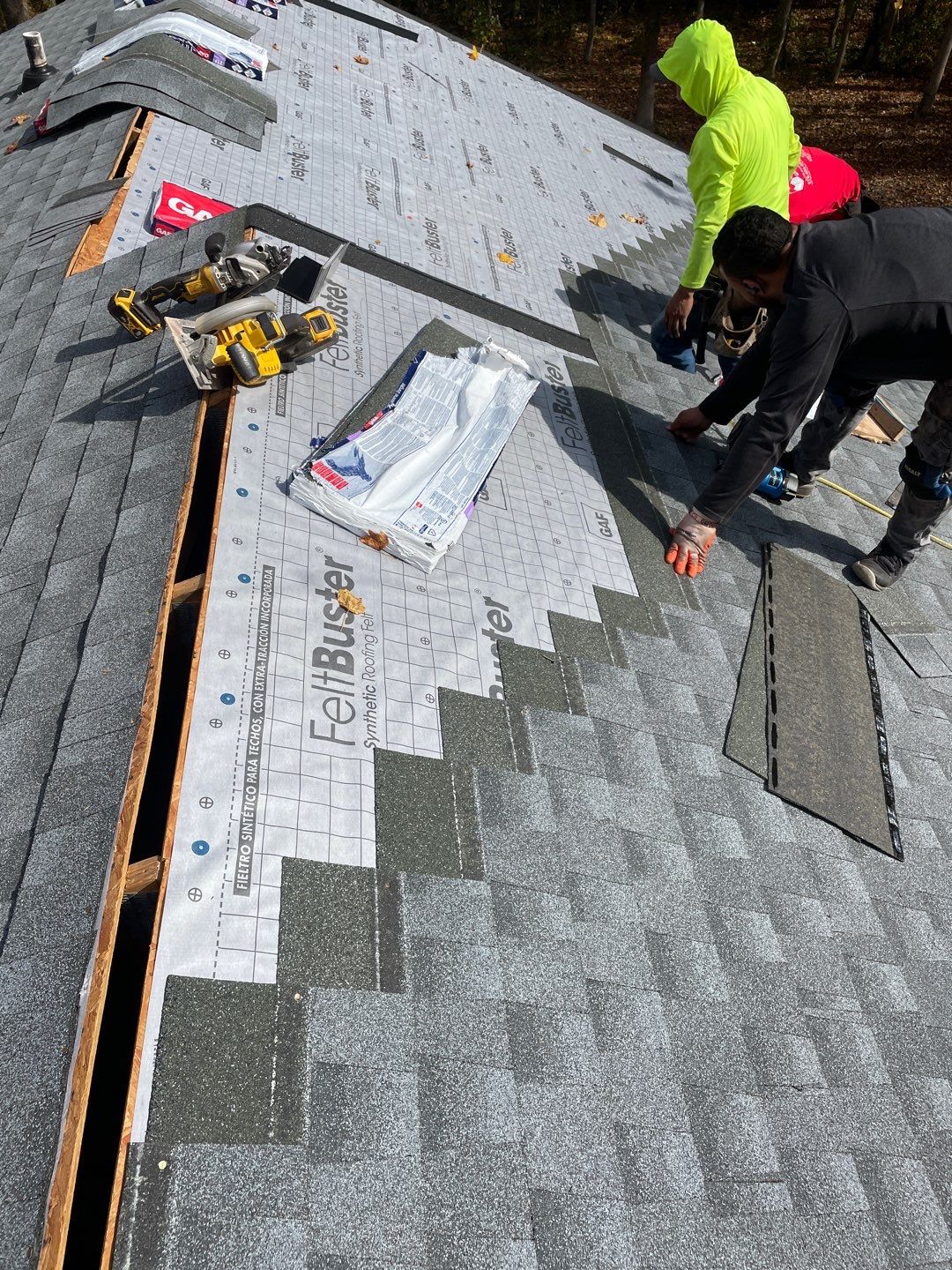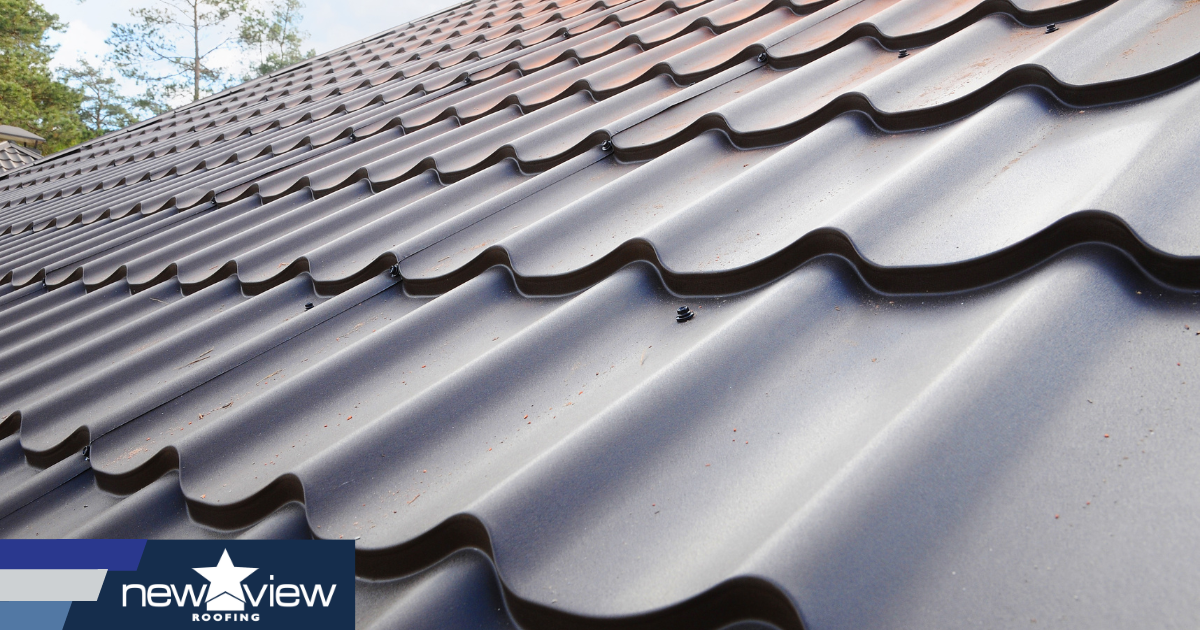Customer Testimonies on the very best Gainesville FL Roofing Companies Available
Customer Testimonies on the very best Gainesville FL Roofing Companies Available
Blog Article
Best Practices for Ensuring Appropriate Roofing Air Flow
A balanced intake and exhaust air vent proportion, frequently 1:300, plays a pivotal function, with intake vents preferably placed at the lower side of the roofing system for amazing air access and exhaust vents at the height for warm air leave. Maintaining insulation away from vents is crucial to prevent airflow constraint.
Understand Ventilation Fundamentals
Appropriately comprehending ventilation fundamentals is vital for ensuring the longevity and effectiveness of roof. Efficient ventilation mitigates wetness accumulation and temperature extremes in the attic room, both of which can lead to significant architectural damages with time. A well-ventilated roof covering helps in preventing common issues such as mold and mildew growth, timber rot, and ice dams, which can jeopardize the honesty of the roof products and the underlying structures.
The primary goal of ventilation is to facilitate the activity of air, enabling a constant exchange between the outdoor and interior atmospheres. This equilibrium is achieved via a mix of intake and exhaust vents that collaborate to preserve optimal air movement. Consumption vents, commonly situated along the eaves or soffits, enable fresh air to get in the attic space, while exhaust vents, typically located at or near the roof ridge, make it possible for warm, moist air to run away.
Key elements affecting the performance of roofing air flow include appropriate positioning, adequate sizing, and ensuring that both intake and exhaust vents are unblocked. Routine evaluation and upkeep are vital to determine prospective clogs, damage, or ineffectiveness in the air flow system, consequently safeguarding the roofing's efficiency and durability.
Sorts Of Roofing System Vents
Roofing vents play an essential duty in preserving reliable attic ventilation and, by extension, the overall wellness of the roof system. Numerous sorts of roof vents are readily available, each with special benefits customized to certain roofing requirements. Ridge vents, for instance, are mounted along the roof covering's height, allowing warm, humid air to leave from the attic. They supply constant ventilation and mix seamlessly with the roofline, making them both effective and visually pleasing.

Soffit vents are installed under the eaves and work in tandem with roof covering vents to guarantee a well balanced consumption and exhaust system. By enabling cooler air to go into from below, soffit vents facilitate the expulsion of hot air through upper vents. Gable vents, situated on the outside wall surfaces of the attic room, deal an additional reliable solution, especially in homes with gable roofing systems.
Examine Your Present Ventilation

Next, consider the age and problem of your roof covering materials and ventilation components. Older systems might not adhere to present building regulations or might have deteriorated over time, decreasing their effectiveness. Conduct an extensive evaluation to identify any indications of wear and tear, such as corrosion, damage, or spaces that might jeopardize the system's performance.
Additionally, measure the attic temperature and humidity degrees. Heats and moisture can indicate poor ventilation - roofing companies. Make use of a hygrometer and thermometer to get precise analyses, contrasting them with outdoor conditions. Relentless inconsistencies recommend possible issues that need addressing.
Installment Best Practices
Reliable installation of roofing air flow systems is extremely important for guaranteeing ideal performance and longevity. Proper installment starts with comprehending the particular air flow needs of the building and the roof it covers. This entails determining the right ratio of intake to tire vents, commonly adhering to the 1:300 rule, which states one square foot of ventilation for every single 300 square feet of attic room floor room.

The placement of vents is equally critical. Consumption vents ought to be installed at the roofing system's lower edge, commonly in the soffits, to enable great air to get in. Exhaust vents, on the various other hand, must be mounted near or at the roof covering's optimal to assist in the leave of warm, wet air. This produces an all-natural airflow that assists maintain Click Here temperature and moisture equilibrium within the attic room area.
Seal all air vent links meticulously to stop air leaks and possible water infiltration. Use high-grade materials and follow supplier standards to guarantee durability and efficiency. Furthermore, incorporating ridge vents with baffles can substantially enhance air movement performance by stopping wind-driven rainfall and snow from entering the attic room.
Eventually, exact installation of roof ventilation systems minimizes prospective problems such as mold and mildew development, ice dams, and architectural damage, ensuring the roofing's integrity and the building's overall health and wellness.
Regular Maintenance Tips
Uniformity in maintenance techniques is essential to making sure the long-lasting effectiveness of roof ventilation systems. Regular inspections are crucial, preferably carried out biannually-- in the springtime and autumn. During these inspections, guarantee that vents are complimentary of particles, nests, and various other obstructions that can impede air movement. Look for any kind of signs of dampness accumulation or mold, as these can show inappropriate ventilation or leaks (roofing companies in gainesville florida).
Cleaning the vents is one more necessary job. Use a soft brush or a vacuum to remove dirt and particles from consumption and exhaust vents. Beware not to harm the vent screens or louvers throughout the procedure. Additionally, evaluate the attic space for any indicators of water damage, which might jeopardize the honesty of the roof system.
Correct insulation is just as important. Ensure that attic room insulation does not obstruct the vents, as this can severely limit air flow. If any type of insulation has actually changed or resolved, reposition or replace it to maintain a reliable obstacle.
Last but not least, change any kind of harmed or missing out on elements immediately. Damaged vents, fractured roof shingles, or deteriorated blinking can all contribute to inadequate ventilation and must be addressed right away. Normal maintenance guarantees that the roofing ventilation system operates ideally, therefore expanding the life expectancy of the roofing system itself.
Verdict
Guaranteeing proper roof air flow is paramount for maintaining the efficiency and longevity of a roof covering system. Adherence to the 1:300 intake and exhaust air vent proportion, combined with the calculated placement of vents, is necessary.
A balanced intake and exhaust air vent proportion, commonly 1:300, plays a crucial role, look here with intake vents ideally positioned at the lower side of the roof for awesome air entrance and exhaust vents at the peak for warm air departure. Intake vents, normally situated along the eaves or soffits, enable fresh air to go into the attic room space, while exhaust vents, frequently located at or near the roof ridge, enable hot, humid air to escape.
Soffit vents are installed under the eaves and job in tandem with roofing system vents to make certain a balanced intake and exhaust Our site system. By allowing cooler air to go into from below, soffit vents assist in the expulsion of warm air via upper vents. Adherence to the 1:300 intake and exhaust vent ratio, coupled with the critical placement of vents, is crucial.
Report this page